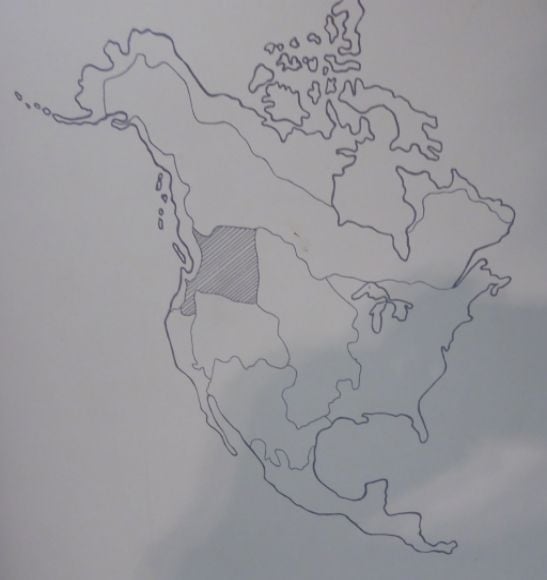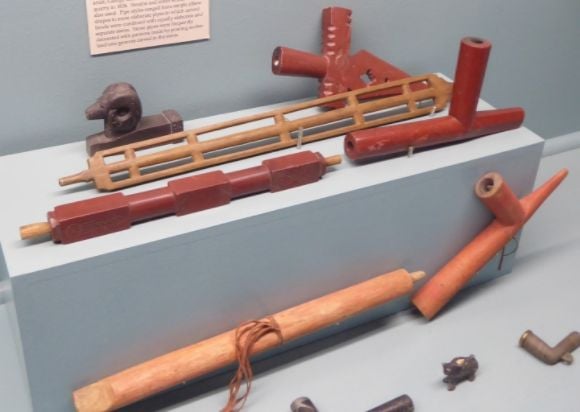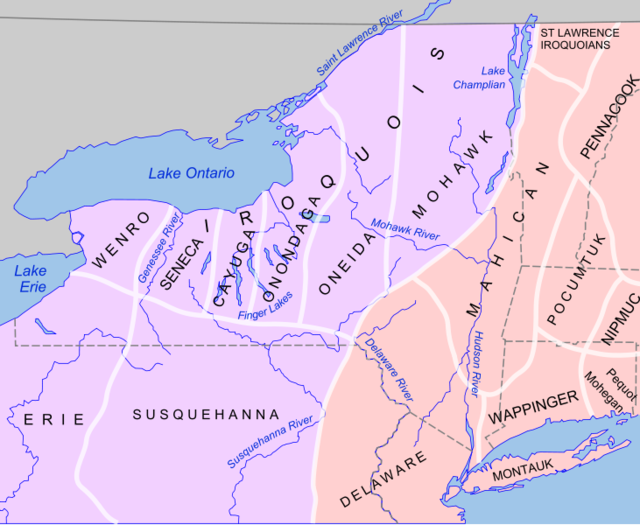The Iroquois False Face Society
( – promoted by navajo)

photo credit: Aaron Huey |
Among many cultures around the world there are two kinds of illness. First are those which have a clear physical cause, such as a broken arm. Then there are those for which the cause is less readily apparent. Curing these illnesses often involves ceremonies and spirituality.
The Iroquois tribes have a number of different medicine societies which can perform different curing rites. The Little Water Society, for example, dealt with general illness and was usually called in when the patient had had a vision of the dwarf spirits (that is, the Little People). The healing rite would begin by placing tobacco on the fire and calling for the spirits of the dwarfs.
In cases of an illness which modern physicians call dementia, the Bear Society would be called in. In their healing rites, the members would dance counter clockwise around the patient.
There were times when the patient would not improve after the ceremony from the healing society. In cases of serious illness when other medicine societies have failed to bring about a cure the Wooden False Face Society would be called in. This society dates back to a time during creation when the world was ruled by mythical beings.
The wooden False Face masks are made from white pine, maple, basswood, and poplar. To make a mask, the features are first carved in a living tree. During the process of carving the mask and cutting it free, a prayer is addressed to the evolving mask and to the spirit forces which it represents. The mask is then painted and adorned with horse hair. The new mask is consecrated to human service by placing it in the hot coals and ashes of the longhouse fire.
All of the masks are characterized with distorted features and deep-set eyes. The noses are bent and crooked. The masks are generally painted red and black and have pouches of tobacco tied onto the hair above their foreheads. With regard to the symbolism of the masks, they portray the Great Doctor, dwelling at the world’s rim, whose broken nose and twisted mouth derive from a mythical struggle with the Creator for control of the world. The masks also symbolize the forest-dwelling ‘Common-faces’ seen in dreams. In addition, some of the masks are beggar masks which caricature neighbors and strangers alike.
The masks are not artifacts, but living representations of a spirit. One of the rules governing the care of the masks is the need to periodically anoint them with a mixture of sunflower seed oil and animal grease. At the same time the masks are fed white corn mush. In payment for their services tobacco is burned for them and small bags of tobacco are tied to them.
Members of the Wooden False Face Society might be called at any time of day or night to perform ceremonies for those who are ill. Upon recovery, the patient is expected to join the False Face Society. The actual curing ceremony is sacred and is not to be shared with those outside of the society.
Traditionally, the Wooden False Face Society would perform two community rituals each year. During this ceremony, the story of the False Faces is told. The members of the society, wearing their masks, then go through the community, entering the houses and driving out all sickness, disease, and evil.
At the present time, there are several concerns about the False Face masks. First, there are a number of non-Iroquois artists who are making what they call False Face masks and selling them to the general public. Second, a number of False Face masks are in the hands of private collectors who do not care for them in the traditional manner. The Iroquois have called for collectors and museums to return the masks to the tribes so that they can be cared for in a respectful manner. The National Museum of the American Indian has returned a number of these items. The Iroquois Traditionalists Society opposes the sale of False Face masks to private collectors and museums.
No photos of the False Face masks are shown in this diary as public display of the masks and photographs of them is considered improper by the Iroquois people.



